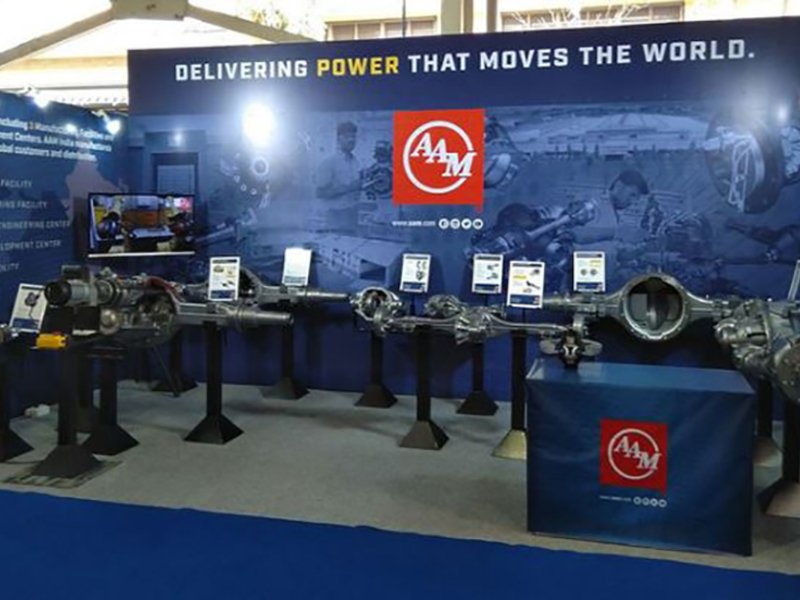
Auto suppliers are going to have be faster and more flexible to innovate new products as the industry shifts to electric vehicles and autonomous-drive technologies, according to a panel of experts from companies that were cited for recent component advances.
It also will require continual investment in new technology and manufacturing equipment, and a greater willingness to collaborate with automakers and other suppliers, they told an audience Wednesday at the Center for Automotive Research’s Management Briefing Seminars.
Suppliers might also have to look for component solutions far outside their wheelhouses.
That’s the successful recipe that saw American Axle & Manufacturing, ArcelorMittal and L&L Products win the 2021 Altair Enlighten Awards, which were announced during the industry event. The Altair awards honor companies that use advanced design, material and production techniques to reduce weight.
American Axle, which is broadening its traditional portfolio of old-style heavy-duty axles and driveline components, created an integrated electric-drive module that combines an electric motor, gearbox and power inverter into one easy-to-package unit that weighs as much as 25 percent less than competitive systems.
Craig Renneker, vice president of American Axle driveline engineering, told the audience that his engineers gained some of the weight savings by making the electric motor smaller but capable of spinning faster — as high as 30,000 RPMs. Helping to make that possible was an innovative lubrication system that also cools the motor, requires no seals and places the inverter close to the motor.
The company, which made its reputation forging gears and axle cases and bearings, not only developed the electric-drive unit in-house, but wrote the software, too, Renneker said.
“We developed our own inverter from scratch,” he said. “Developing the software is a pretty daunting task. But we were able to get a vehicle running with just two software engineers in a few months.”
ArcelorMittal, one of the world’s largest producers of steel, created a new blend of the metal, Fortiform 980, that cuts weight by as much as 20 percent. It also can be stamped into complex shapes while retaining its high strength.
Shalaj Gupta, director of marketing and performance improvement at ArcelorMittal North America, said working with other companies — including assigning engineers to work on-site at automakers’ design centers — helped the company understand clearer and faster when special blends of metals are needed. Gupta said ArcelorMittal has personnel at most major manufacturers.
“Co-engineering efforts helped get the new products on the road,” he said. And it helped ensure vehicles met safety standards and costs targets.
“AVs and EVs will bring major changes in the way [automakers] are designing vehicles,” he said.
Before the EV era, reducing tailpipe emissions drove most weight reductions, and automakers willingly wrote the checks to pay for it because they had to meet fuel economy standards. But now, he said, with tailpipes out of the picture, there is less pressure to reduce weight. “The challenge is to improve safety … and cost efficiency.”
That drive helped Michigan sealing and acoustics supplier L&L Products bag an award for module lightweighting through a composite component that makes the Jeep Grand Cherokee lighter, safer and less expensive to manufacture.
L&L worked with Jeep engineers and plastics supplier BASF for about four years to create a composite transmission tunnel reinforcement component. It reduced vehicle weight by 4.6 pounds.
The plastic part replaces a steel part and saved Stellantis about 3 percent per part in cost.
Hank Richardson, L&L’s product engineering manager, called the component “a real game-changer for energy management with composites.”
He added that parts made the same way could be used in other areas of vehicles. But marketing could be a challenge, he said, because adopting the technology will force automakers to adapt their manufacturing procedures.
“For us,” he said, “the challenge is finding customers who will be adopters.”

